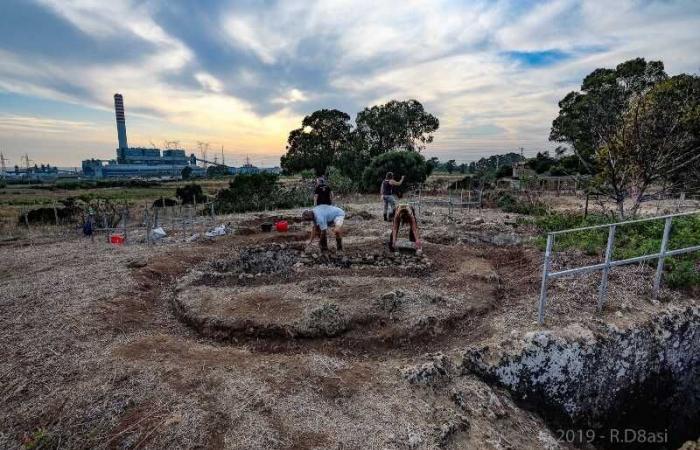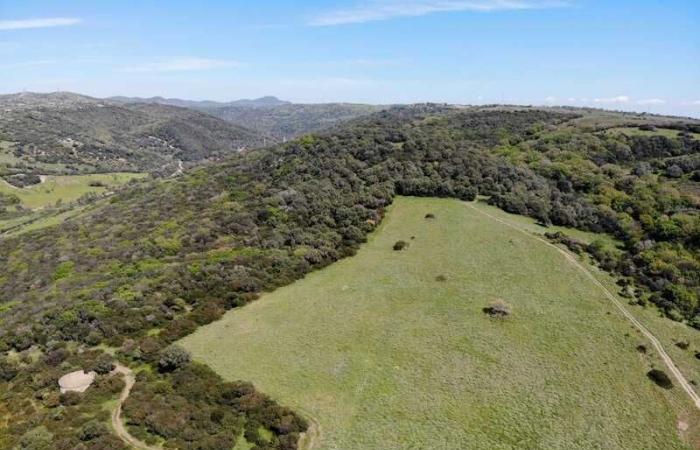“Between Caere and Tarquinia. The Civitavecchia coast in the Etruscan age” by Alessandro Mandolesi is the editorial novelty supported by the Regional Museums Directorate of Lazio, published by the All’Insegna del Giglio publishing house (www.insegnadelgiglio.it/prodotti/tra-caere-e-tarquinia).
The Civitavecchia coast has long been the subject of discussion regarding the definition of the maritime border between the Etruscan districts of Cerveteri and Tarquinia, a debate started since the second half of the nineteenth century and today revived by new studies. This is a wide interposition band between the two Etruscan metropolises between Capo Linaro to the south and the final course of the Mignone river to the north. A culturally mixed and dynamic context, within which the tactical and strategic interests of the reference cities have evolved for the control of passages and access to natural resources of considerable importance, such as the mineral deposits and forest areas of the Monti della Tolfa.
To the examination of the data and considerations available in the literature and in the archives, starting from the first important discoveries that occurred in the Etruscan necropolises of La Scaglia and Castellina del Marangone, this volume adds a significant update of the information resulting from the re-examination of some preserved contexts to the National Archaeological Museum of Civitavecchia, heir to the Civic Museum founded in 1918 by Salvatore Bastianelli and destroyed in the bombing of 1943. One of the salient innovations arises from the confirmation of a phase of archaic and Hellenistic frequentation in the area of today’s Civitavecchia, close to the port inlet where it will later be created Centumcellae.
From the interaction of the information collected in recent years comes a general rereading of the Etruscan population in this lively coastal stretch, between the end of the Bronze Age (around 1000 BC) and the Roman conquest, emblematically represented by the deduction of the maritime colony of Castrum Novum (by 264 BC).
In the photos the hill of the Etruscan settlement of Castellina del Marangone and the Etruscan necropolis of La Scaglia.
Published Monday, June 24, 2024 @ 19:15:00 © ALL RIGHTS RESERVED







